
Sometimes I wear myself out trying to make my kids feel loved.
It makes sense, I guess. When we first fall in love with our little ones, it’s partly because we realize that they are legitimate miracles.
Before they can even focus their eyes on us, we see their immense value. Our mama-hearts crave the moment when they will see that value in themselves. And we feel a responsibility to help them get there.
We know they deserve the moon, so we try to go get it for them. Like maybe, if they had the actual moon, they would know how desperately loved they are.
But what if we’re so focused on doing what we think they deserve, that we miss the simple truth of what they actually need?
Love Language Ideas: My Love-Better Cheat Sheet
When Steve and I first got married, his mom gifted us a copy of The 5 Love Languages. It the first relationship book we’d read as a married couple, and–though I know the title sounds cheesy–I was pleasantly surprised at how it quickly cleared up the differences in how we showed and received love.
Can I be honest?
I had never before considered that the way I showed love might not speak deeply to my husband. The only “love languages” I knew how to speak were my own.
What Is a “Love Language”?
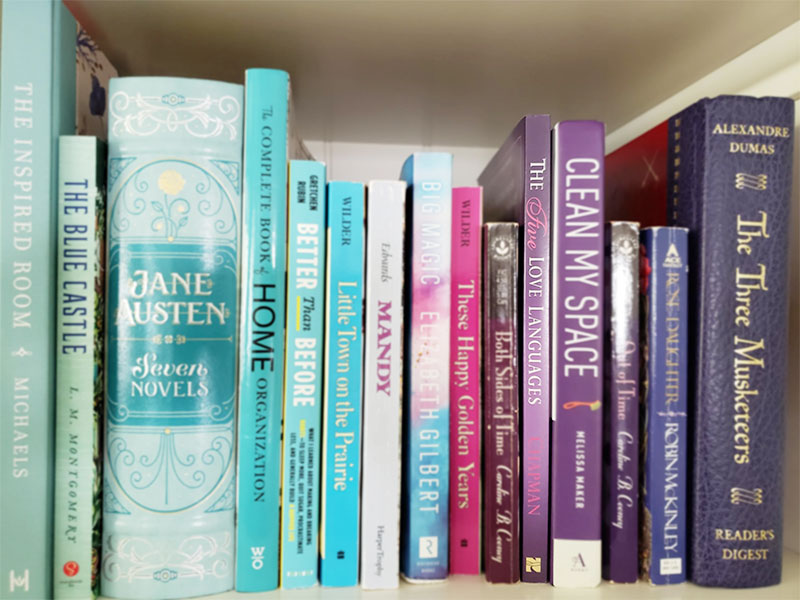
If you haven’t read the book, the term “love language” probably sounds kind of gooey and weird. I get it. But all it really means is that we each feel love best when it is expressed in a way that is meaningful to us.
Gary Chapman, the book’s author, breaks up these ways of showing love into 5 simple categories (or “languages”):
- Physical Touch
- Quality Time
- Words of Affirmation
- Acts of Service and
- Gifts
While we might love all of these expressions of love, there are usually one or two that we love most.
Love Languages Aren’t the Boss of You
When I first started talking about the Love Languages book on Instagram, a friend shared with me that the idea of “love languages” bugs her. Her argument: knowing someone’s language make her feel like she is expected to show love in certain ways.
Totally fair!
Love languages are not the boss of you.
Instead, I treat them as a cheat sheet to help me love better, with less effort.
And, maybe even more importantly, I make them my own!
There are tons of ways to express love to our kids in their love languages, and you will enjoy it more if you find the ways that you like, too.
The heartbeat of the cheatsheet idea is this:
When I focus my energy on what my kids respond best to, I can make a big impact by doing very small things.
Discovering What Makes Your Kid(s) Feel Loved
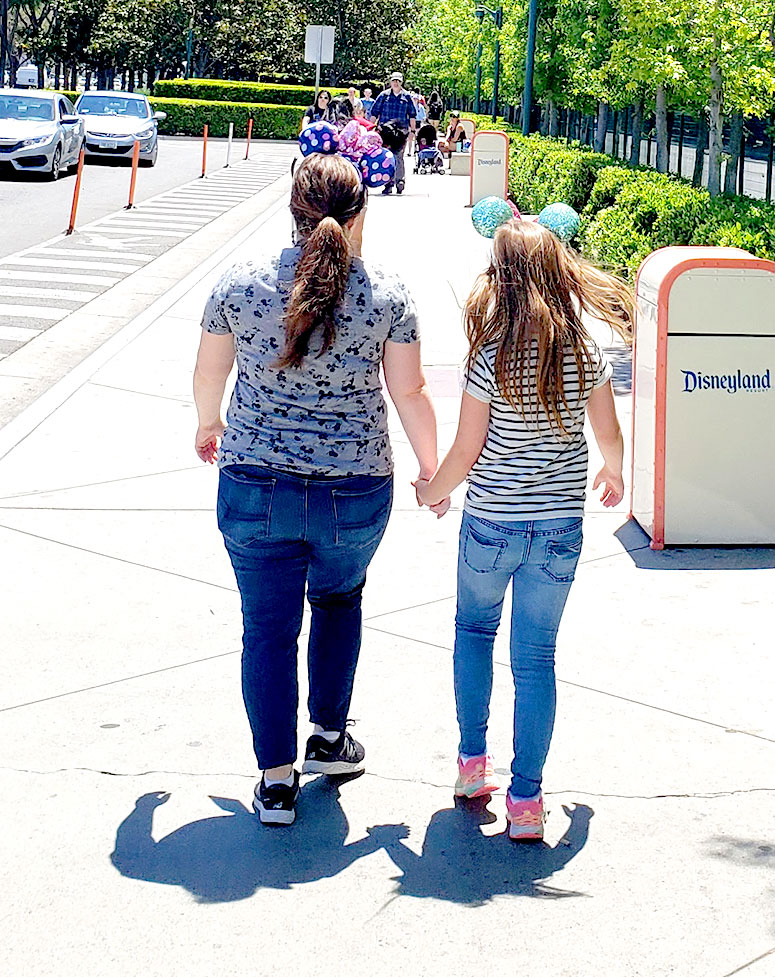
There are a few ways to start uncovering which acts of love really speak to your child.
Take the Kids’ Love Languages Quiz
If you have a kid who is 9 or older, is to help your child take the free Love Languages quiz. It’s a super quick quiz that presents them with pairs of phrases to choose between. At the end, it presents you with the language(s) your child relates to best.
Learn By Experience
For kids younger than 9, you might need to do a little detective work.
The Love Languages website recommends you start by asking questions as simple as, “How do you know Mommy or Daddy loves you?”
You can also pay attention to how they show love to YOU. Kids (and adults!) often show love in the ways they best receive it, so you can use your child’s expressions of love as a jumping off point. For example:
- A kid who leaves you sweet notes may receive love through Words of Affirmation.
- A child who draws lots of pictures for you may experience love through Gifts.
- Your “Watch me, Mama!” kid might value Quality Time.
- Your snuggly child might feel loved through Physical Touch.
- Your kitchen helper may experience love through Acts of Service.
Kid’s Love Language Ideas Cheat Sheet
To save you some time, I threw together a list of how I show my kids love through each of the 5 categories. I hope it will help you uncover ways to love better, with less effort!
Physical Touch Ideas

While a good 15 to 20 second hug is said to release oxytocin (the bonding/happiness hormone), you don’t have to spend all day hugging your child.
Even if you aren’t a “cuddler” you can weave simple physical contact into your interactions with your kids! Here are a few ways we make touch a regular part of our relationships:
- Hair tousling
- Back scratches
- Hugs and kisses
- Tickling (the fast silly kind, or the slow soothing kind)
- High-fives
- Holding hands
- Fist bumps
- Snuggles during TV watching
- Sitting side-by-side to read a book
- Lotioning dry hands
- Brushing their hair
Quality Time Ideas
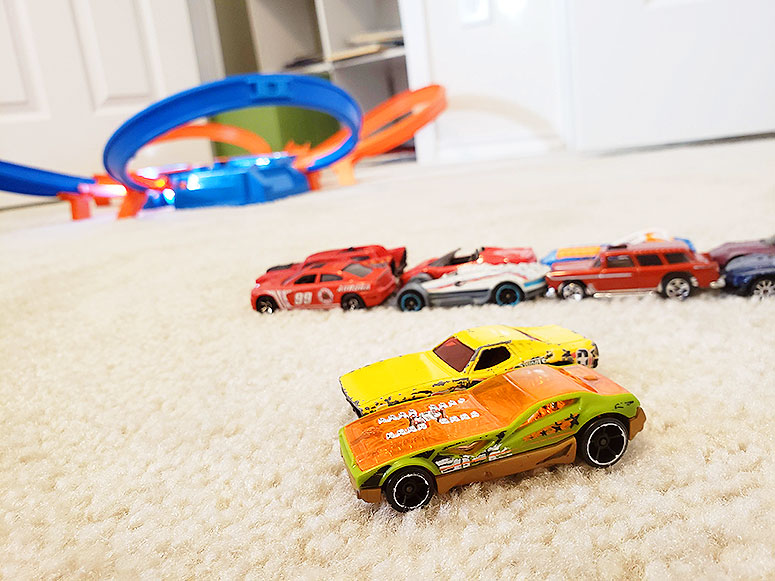
Don’t mistake quality time for quantity time.
This love language isn’t about spending hours upon hours together–its about being fully present in the time we set aside to be together. That time may be just a few minutes, and that’s okay!
Here’s how I build quality time into our little moments together:
- Listen intently when they talk (eyes off my phone/book/computer)
- Let them show me all the things (“Watch me, Mama!” “Look what I made!”)
- Sit together and Google the answer to a question they have (last week we looked up how to tell if dollar bills are counterfeit)
- Do something we both enjoy (for me this is playing Battleship, Ticket to Ride, or Uno, going for a walk, or drawing/coloring)
- When possible, try to accept when they invite me to do something (like joining in a lightsaber fight, which I did last week)
- When I can’t accept, offer an alternative (“I have to make dinner now–would you like to help me?”)
- Spontaneous dance parties in the kitchen
- Engaging in silliness
- Eating dinner together
“Words of Affirmation” Love Language Ideas
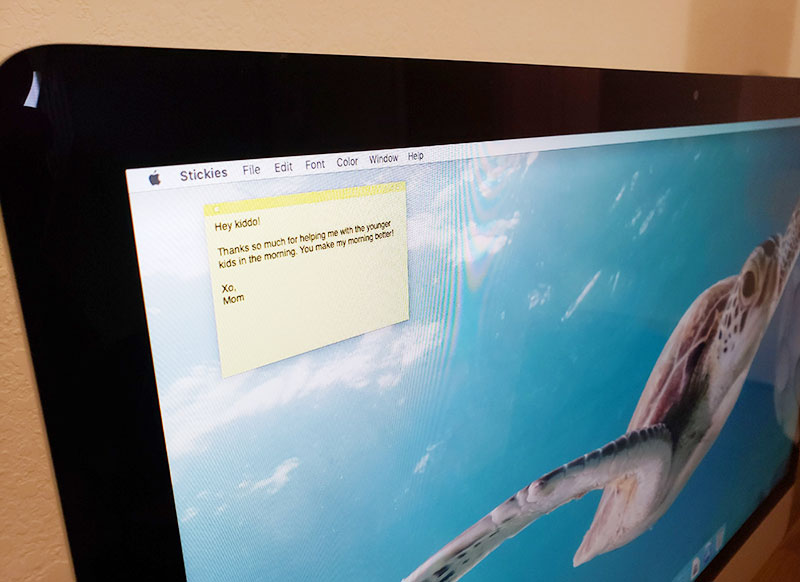
Words of affirmation is one of my love languages. It buoys me up when someone is courageous and vulnerable enough to share something meaningful with me in words.
Here’s how I reflect this language to my kids:
- Specific compliments (“You did an awesome job cleaning the bathroom! It’s sparkling!” or “I love how you choose to be brave even when you’re scared.”)
- Encouragement (“I’ve seen you working really hard on your homework. You’re so ready for this test.”)
- Validation (“That hurts, doesn’t it? I so get it. I’ve felt that way, too.”)
- Sweet or silly post-it notes
- Patiently repeating these good things over and over when my kids need validation
“Acts of Service” Love Language Ideas
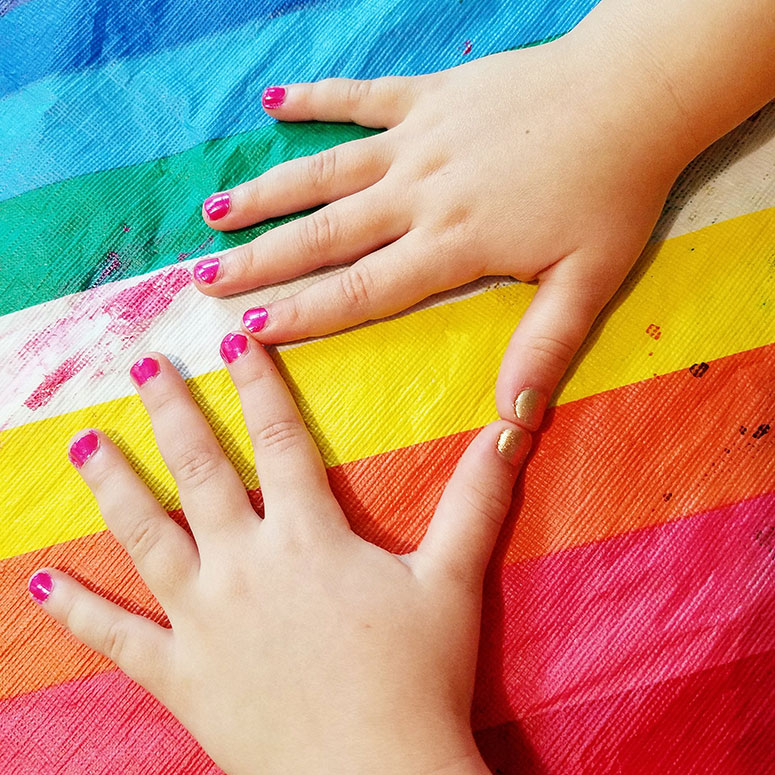
My kids aren’t really into acts of service (probably because a good deal of my time is already allocated to caring for them) but here are some thoughts:
- Styling their hair
- Painting my girls’ nails
- Doing a chore for them off their chore list
- Setting up an activity or playdate they’ve been asking for
If you have ideas I can add to this one, please email me or leave it in the comments! <3
“Receiving Gifts” Love Language Ideas
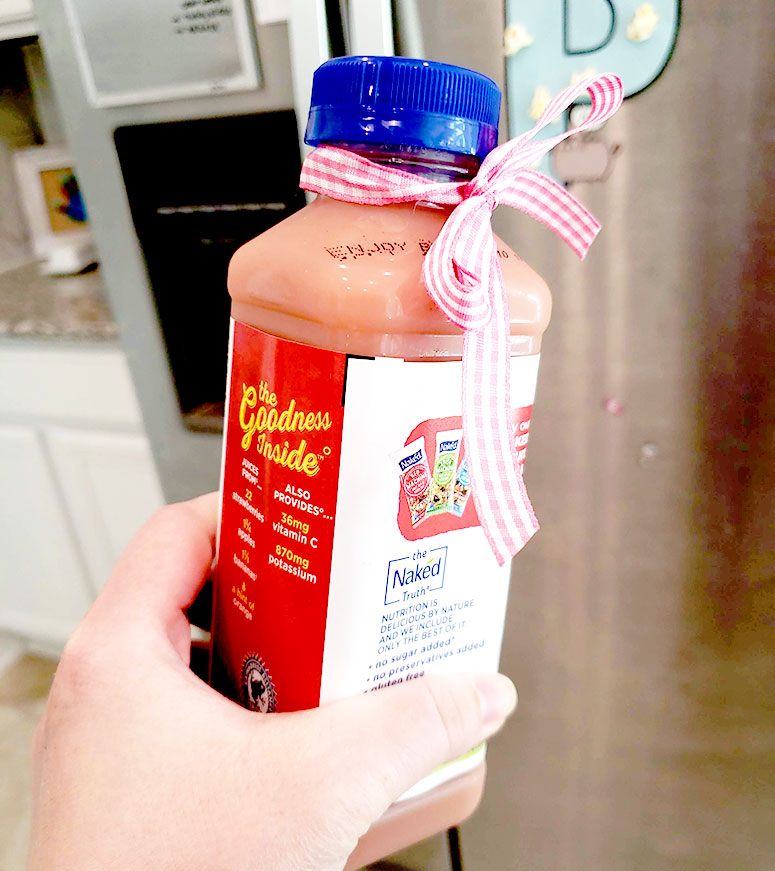
At first I was a little thrown by the idea of “Gifts” as a love language. It sounded very materialistic, clutter-making, and expensive (do I need to be buying toys all the time?!).
After discussing with some adults who value this language, I learned that gift giving to them is more like a physical representation that I was thinking of them.
Now, I do things like…
- Letting them know I got their favorite cereal or snack at the grocery store–just because they like it
- Making something for them (a treat, a picture, a craft)
- Buying art supplies when theirs run out
- Borrowing books I think they would like from the library
- Sharing something special with them (my favorite blanket, a cookie from my stash, or letting my daughter borrow earrings)
Simple Steps to Love Better
Ready for a super-simple action step?
Pick one thing. Just one. Choose one of these things, and actively put it into practice this week.
Small actions add up, and even the little things matter, mama. ♥
xo,
Jamie
p.s. Rescuing a mean mom day, how to love a kid through a tantrum, and the original Love Languages book.
Pin for Later
Forest pin photo by James Wheeler.



